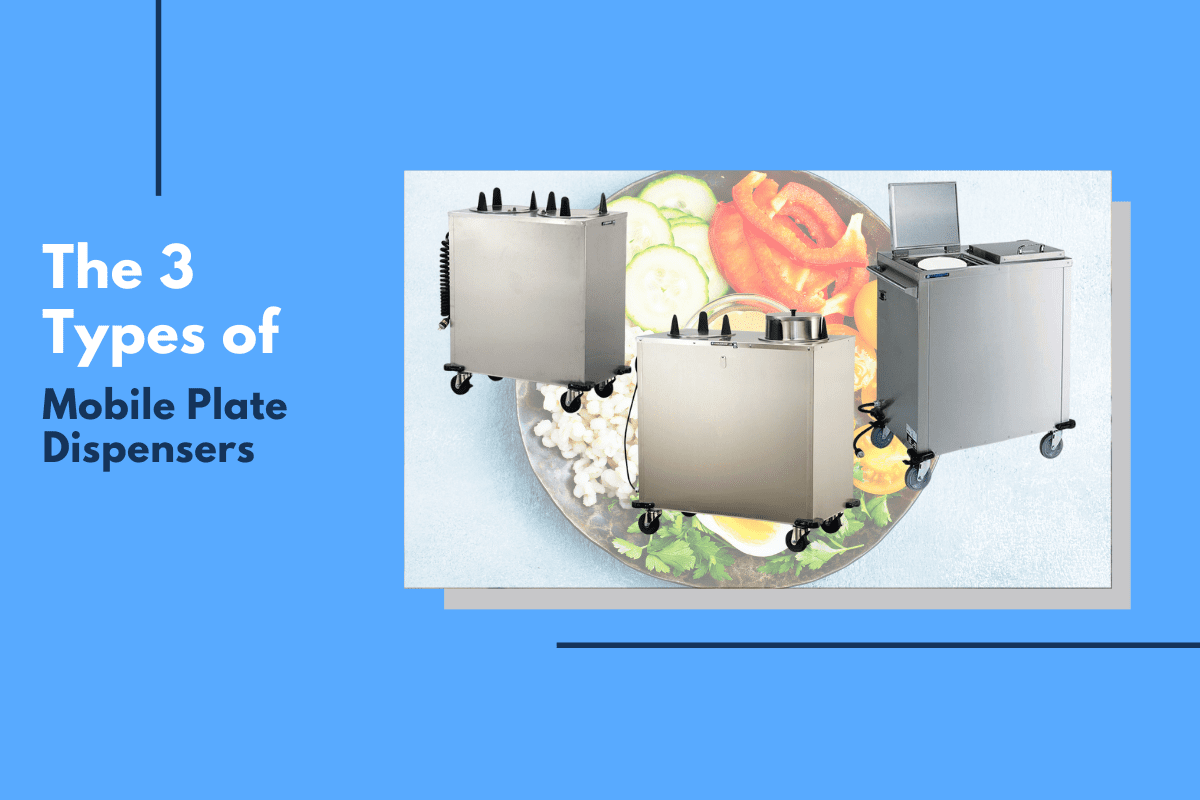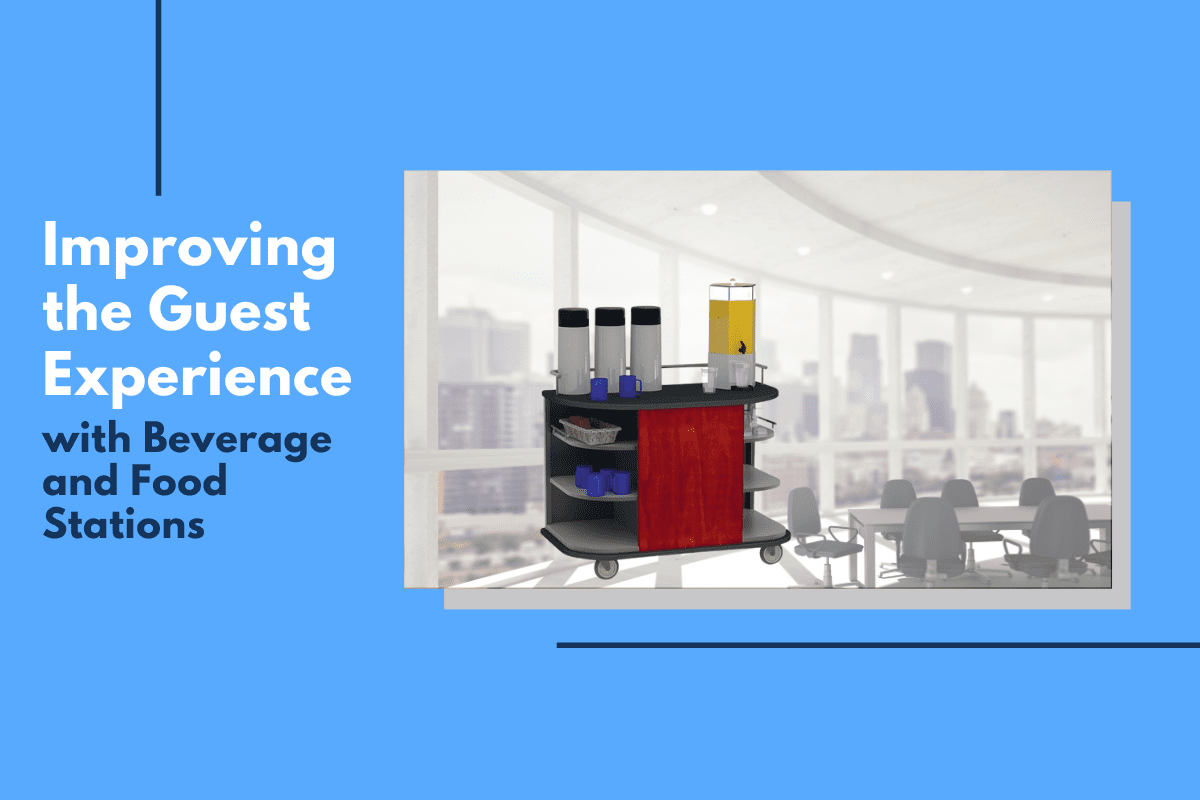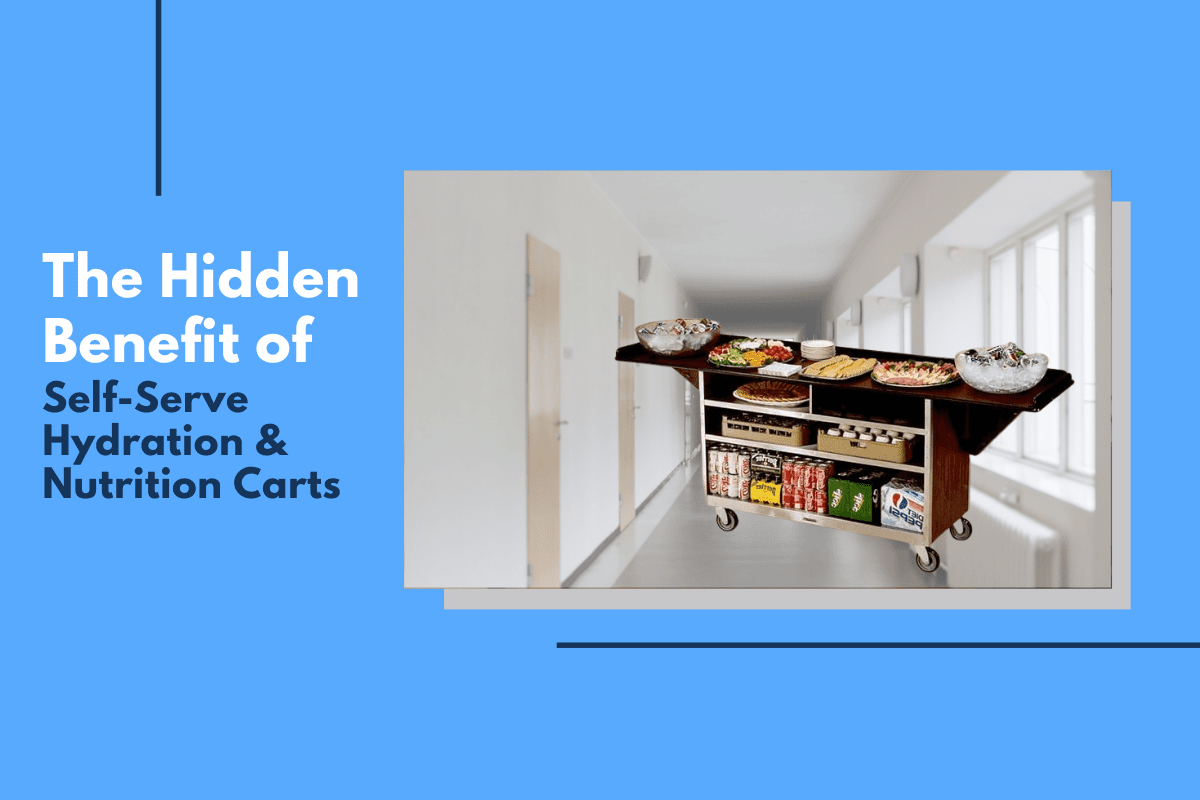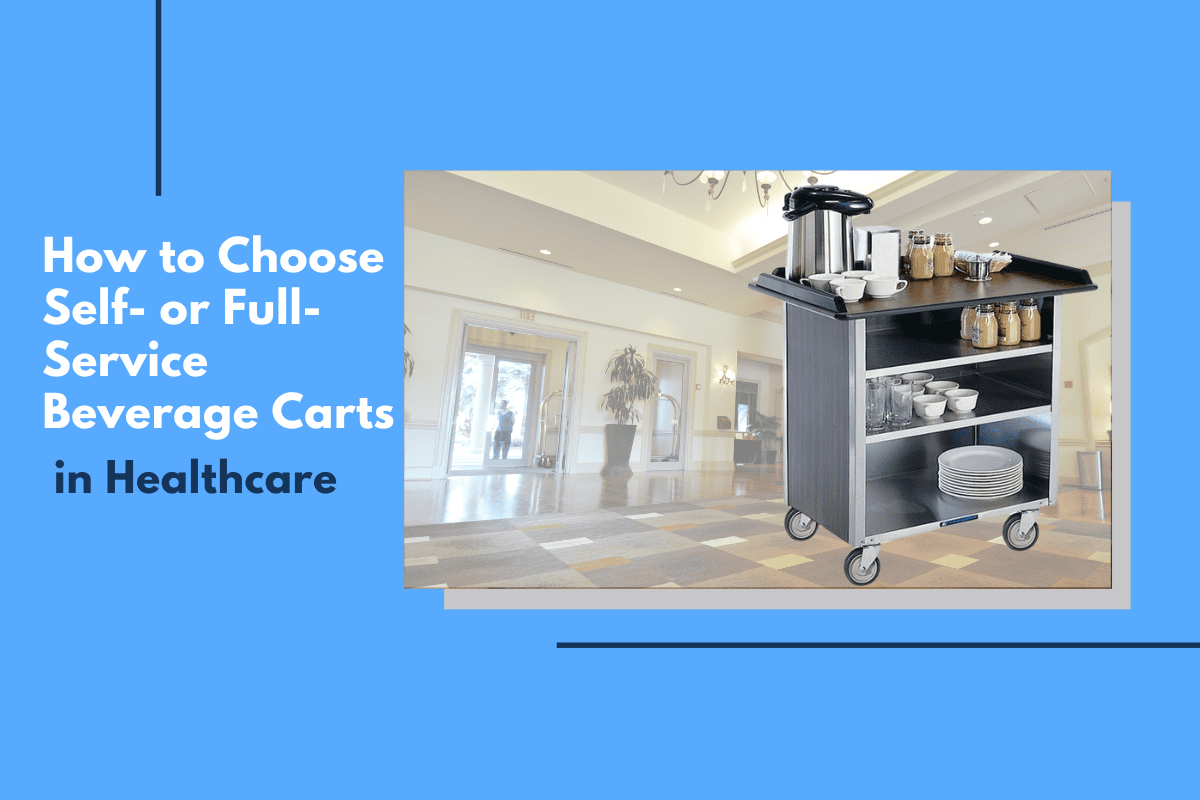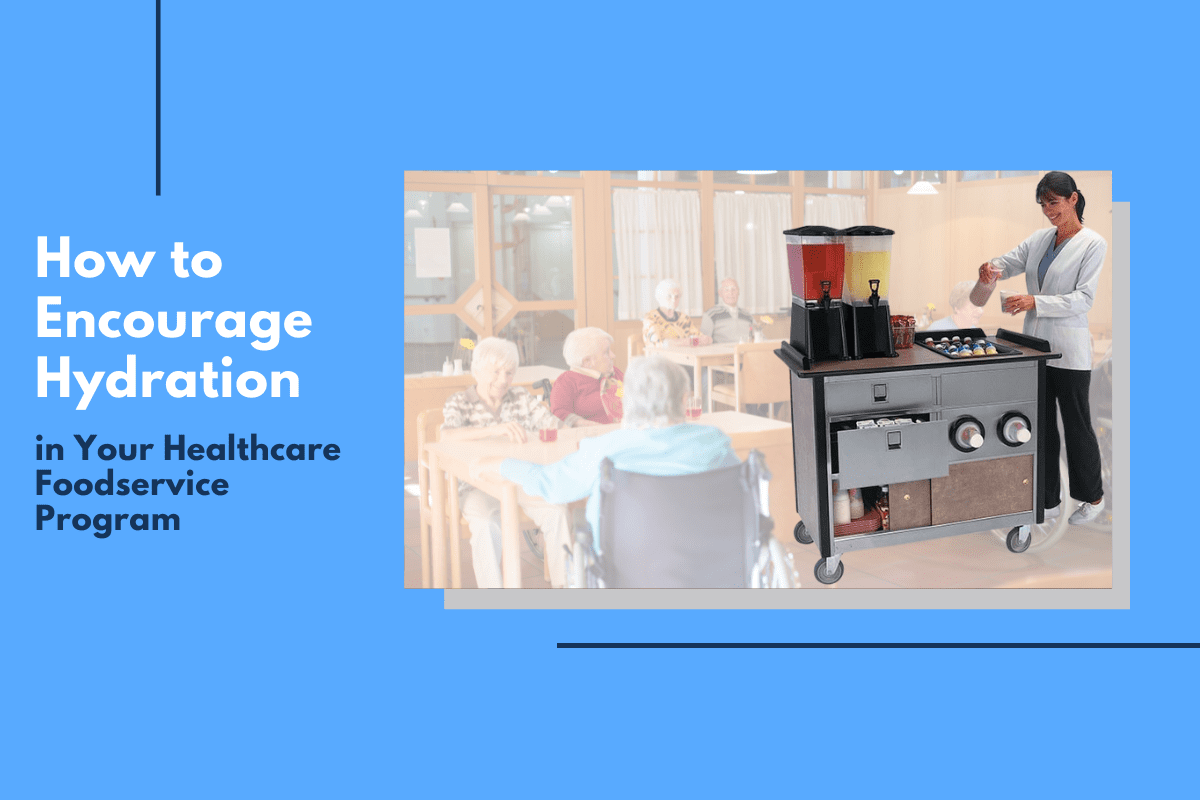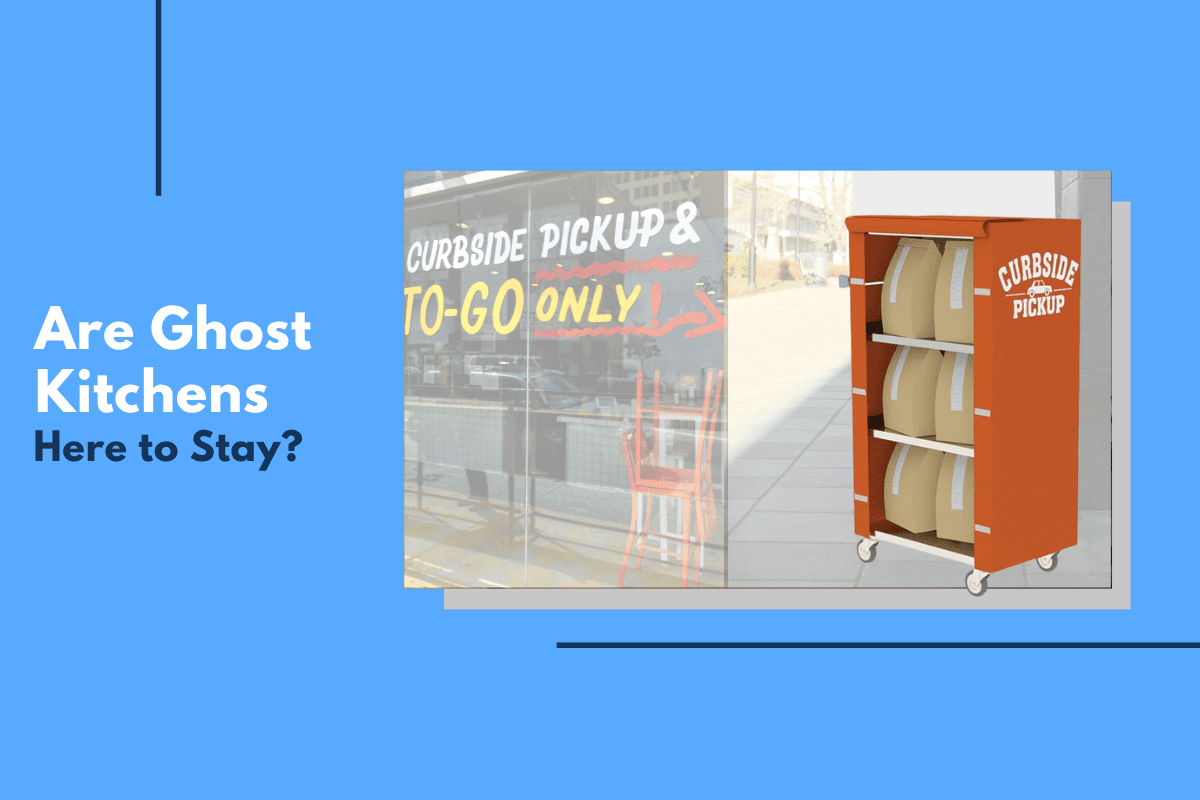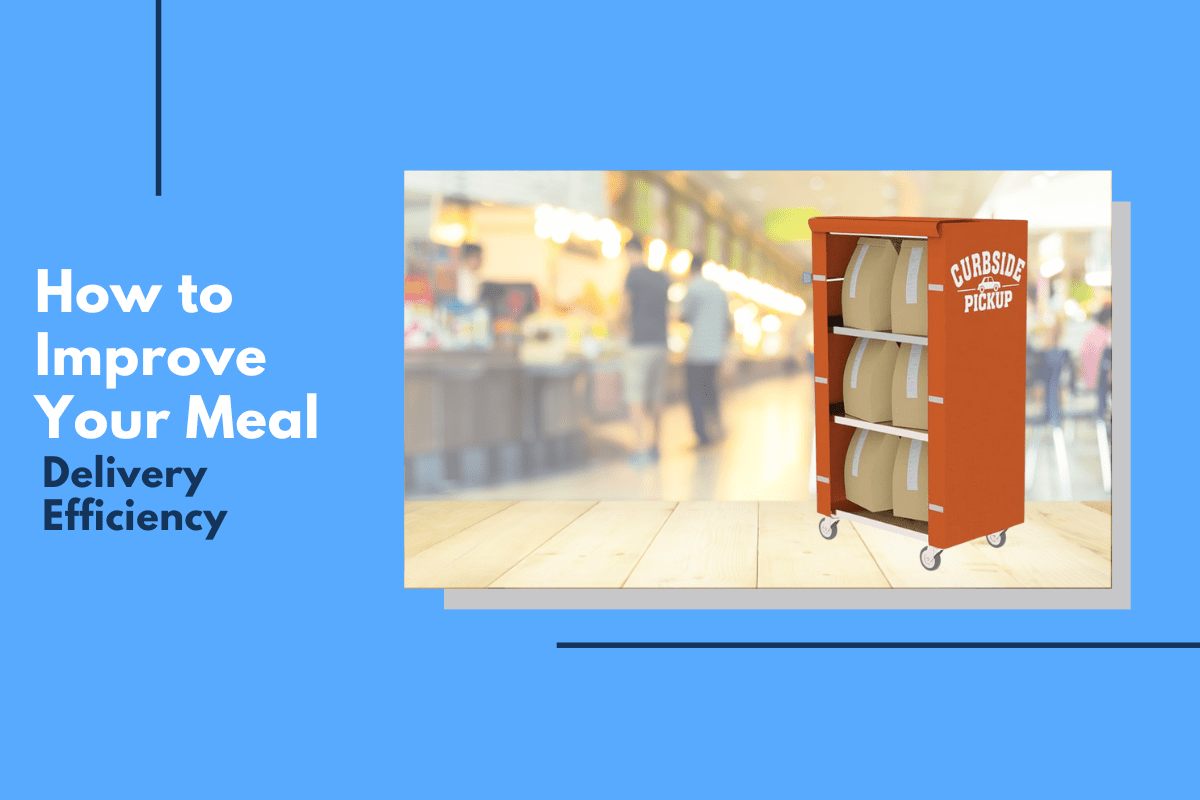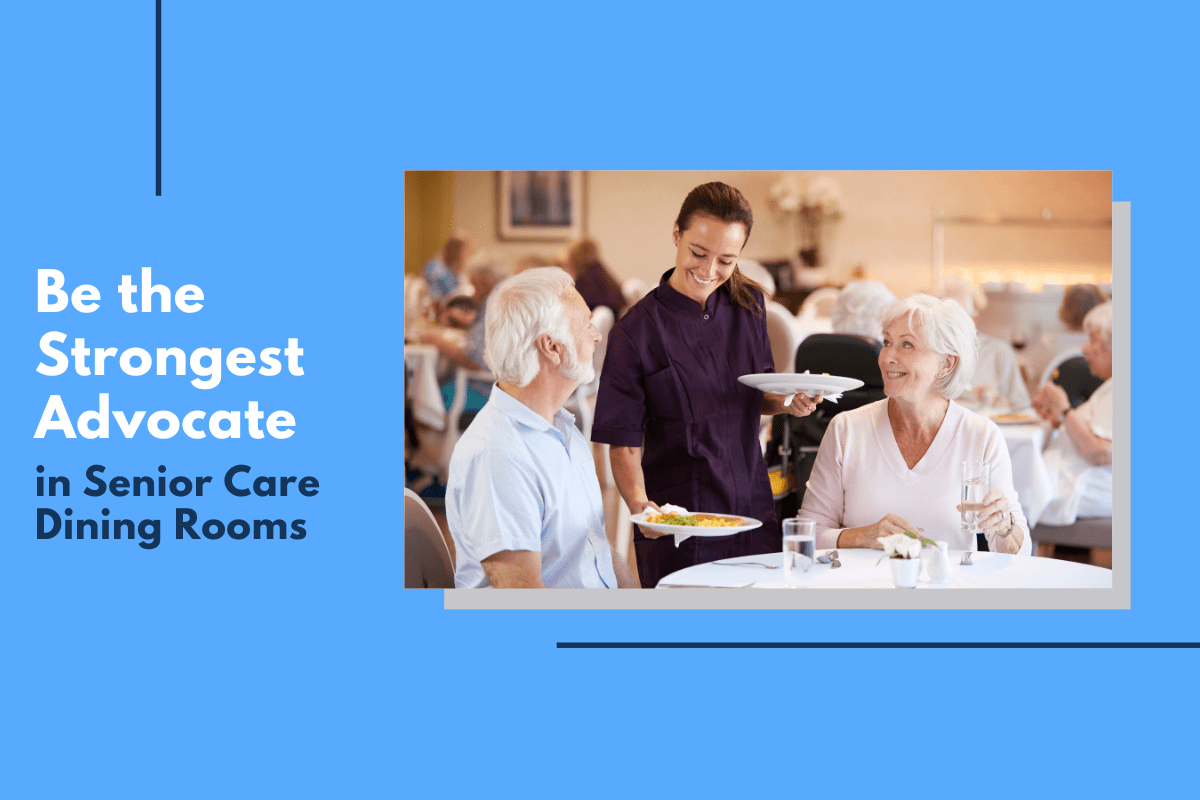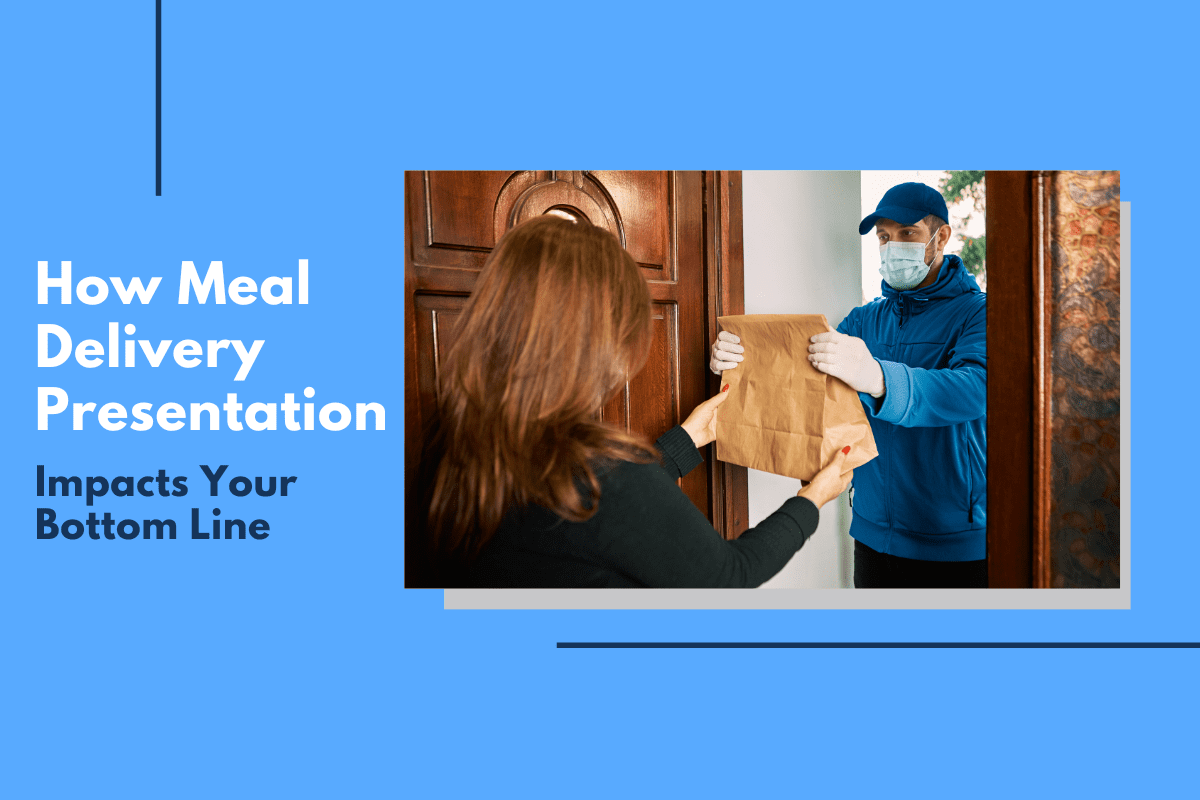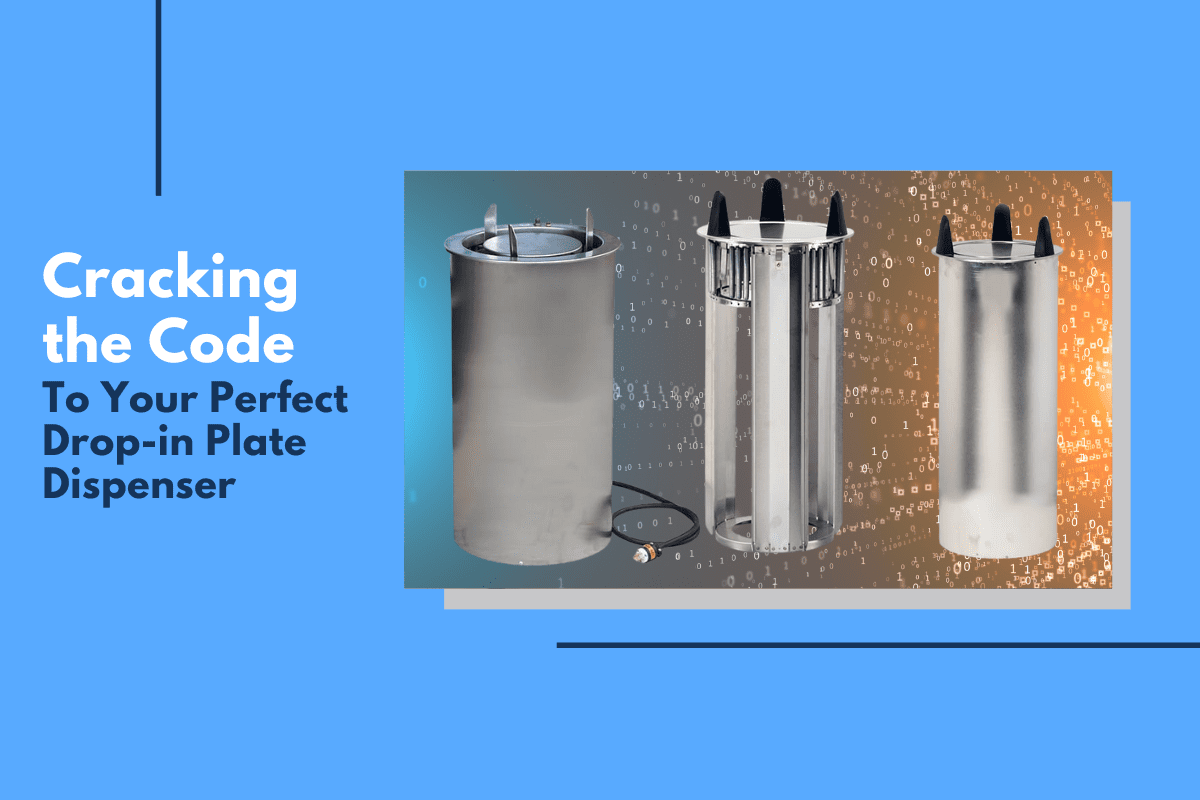
Trying to determine which plate dispenser is right for you can be like a complex game of formulaic choices and solutions. Simply put, it’s like cracking a code, and achieving the overall goals of the operation can depend on a few simple questions and answers. The good news is we’re familiar with those decisions, and we’re happy to walk you through them here.
Let’s take a step-by-step review of selecting the proper plate dispenser.
To Heat or Not to Heat
The first part of the code is to consider the menu being served. Whether it’s a self-serve buffet or a staff-served meal, if part of that service will include heated, center-of-the-plate type options, a heated plate dispenser can help those foods maintain temperature and provide an overall better experience for diners. Serving on a heated plate is generally recommended if heated food is served.
On the other hand, if heated foods aren’t part of the equation or will be a less-frequent method of service, standard plate dispensers might work best, especially considering they can be the more economical option for operators.
Heated drop-in dish dispensers from Lakeside can accommodate different plate sizes and counters of varying heights. In addition, units are available to meet ADA height requirements.
Open or Shielded
When using a non-heated model, drop-in plate dispenser wells come in two options: open or shielded. Shielded models have a covering surrounding the stack of plates similar to the appearance of a heated model, while open units do not. The shielded models can offer greater protection for China and dinnerware when compared to the open models, but shielded models aren’t always a necessity for operators.
Like the heated models, both open and shielded non-heated units come with the ability to accommodate different plate sizes depending on the options selected. They can also fit both standard size counters, as well as ADA-compliant counter heights.
Pick Your Plates
As mentioned, both options come with the ability to accommodate different plate sizes – or not. For operators who know the exact plate and bowl dimensions that will be used, a regular plate dispenser might be the best option, especially if China will remain consistent throughout the lifespan of the service. For operations that wish to accommodate different sizes, though, or if China might frequently change, using an Adjust-A-Fit® unit from Lakeside is the way to go.
The final aspect to cracking the code for your drop-in plate dispenser is what shape your plates are that the dispenser will hold. We have options for circular, oval, and square plates so you’ll be sure to find one that fits your needs.




